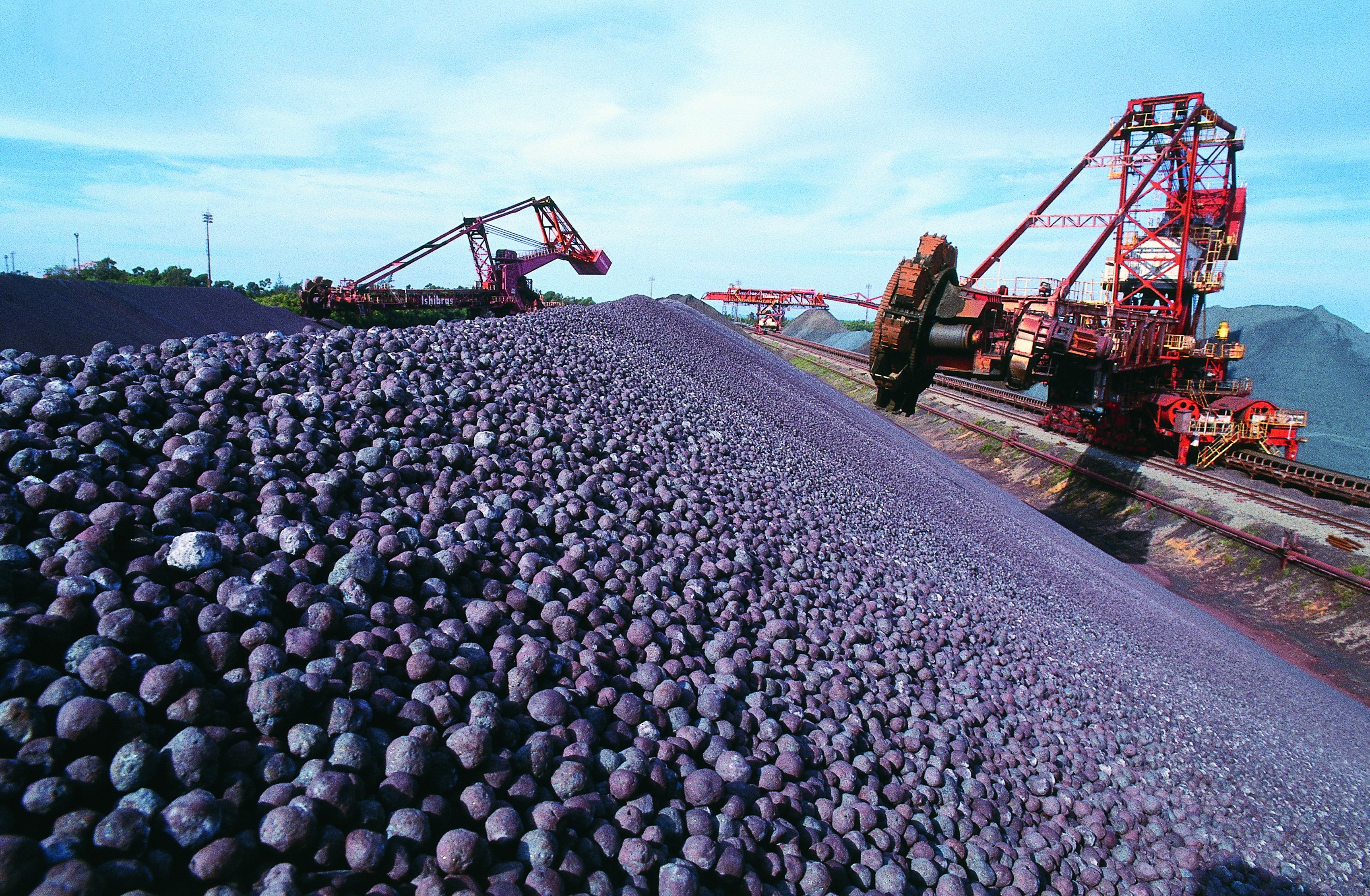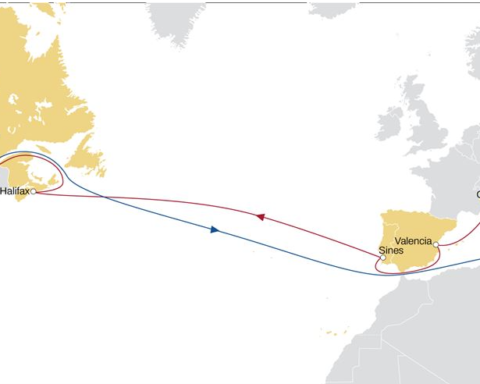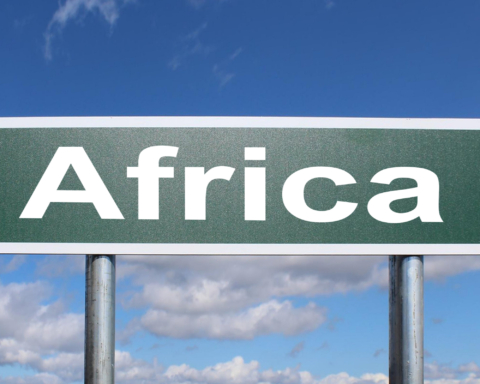2019 will probably be remembered as a year with more shadows than lights in the dry bulk transport sector. Expectations of a further increase compared to the already good freight rates recorded in 2018 were partly betrayed by a series of political, economic and natural events that were difficult to predict only 12 months earlier.
The unexpected intensification of the trade war between the United States and China, the increasingly difficult relations between Washington and the European Community and between South Korea and Japan (the two main US allies in the Pacific) are just some of the factors of global concern.
The crisis in the Persian Gulf, the sanctions against Russia followed by the annexation of Crimea in 2014, the total embargo against Venezuela by Maduro and the uncertainties linked to Brexit (with the real chance of a “no deal”) constitute further pieces of a complex and difficult jigsaw for the economy.
In view of this context, it is therefore not surprising to see a slowdown in world GDP growth, the main thrust behind the increase in transport demand, which, in its July 2019 report, the IMF estimated at 3.2% (-0.1% compared to the April estimate), compared to 3.6% in 2018 and 3.8% in 2017.
These political and commercial tensions unfortunately also undermine economic confidence in Europe even if it is not directly penalized by the tariff war: despite the intervention of the ECB, its economy is in fact stagnating, partly due to the postponement of investments to more peaceful times.
In the dry bulk market, the event that certainly most affected the trend of freight rates was the Brumadinho disaster in Brazil on January 25th, when a settling dam of the local iron ore mine collapsed causing the death of 270 people and the temporary closure of all Brazilian mines that use this type of dam.
For Vale, the Brazilian company world leader in the export of ore, this tragedy meant a 34% loss in iron ore production in the second quarter. The almost total absence of spot cargoes of ore from Brazil was a severe blow to the freight market which not only lost a huge amount of long-distance cargoes but also the main source of exports in the Atlantic basin. Tonnage was thus concentrated in the Pacific, holding freight rates down in that basin too, while freight rates for Capesize ships, already very low for seasonal reasons, were crushed to levels that had not been recorded since 2016.
Following the partial return to operations in the other Brazilian mines and, above all, once Vale was sure about being able to cover contractual commitments prior to the disaster, spot cargoes gradually returned and instalments began to rise again. At the beginning of July there was a real rush with the average spot rates for Capesize that first exceeded the level of $20.000/ day and then exceeded at mid-month $30.000/day while the rates on the Brazilian-China route were close to $60.000/day.
Imports of Iron Ore to China, which produces more than half of the world’s steel and is by far the most important destination for iron ore, fell by 4.7% in the first seven months of the year. Steel production, on the other hand, further increased by 8.8% compared to the record year, 2018, with a clear effect on stockpiles (down from 150 to 120 million tonnes, one of the lowest levels in 3 years). This is a very positive indicator which, together with the growth in demand for coal (the second most transported bulk commodity) driven by demand in the Far East and South East Asia, bodes well for a rather strong last quarter of the year.
Despite the recent rush, the average freight rates in the January/August period show a significant drop compared to the same period last year while remaining well above operating costs: Capesize ships recorded an average daily rate of about 14.500 dollars, Panamax 10.100 dollars, Supramax 9.000 dollars and Handysize 6.500 dollars.
During 2019 the growth of the fleet was relatively limited. From January to July we recorded an increase of 2% which is mainly due to the very limited number of ships scrapped (only 34, 23 of which are Capesize or VLOC). However, this trend is expected to change soon as an expected increase in deliveries in 2020 should be offset by the increase in demolition following the introduction of two separate regulations; their effects will manifest themselves almost simultaneously:
- The Ballast Water Management Convention, which will require all tonnage that has not yet been equipped to install systems for the treatment of ballast water upon the first renewal of the IOPP certificate (essentially at the first dock) after September 6, 2019. The aim is to limit the spread of invasive marine species outside their habitat; this requires fairly large investments that, in many cases, are difficult to justify on the older tonnage;
- The IMO 2020 regulation on the sulphur content of fuels, which will lead to a sharp increase in the cost of bunkering, thus making the less efficient tonnage much less economical.
Another encouraging aspect in the short term is given by the latter regulation with a fair part of the dry fleet, especially the larger ships, stopping in the dock to install EGCS (scrubbers) temporarily reducing the availability of shipping tonnage (a ship can take about a month to dock, install scrubbers and ballast water treatment systems).
At the moment of writing there are still three months to go before the end of the year, the ones that historically record the best performances. Let’s hope that tradition can be confirmed and we hope to remember 2019 as a generally speaking positive year which has pointed the way to a stable recovery in the sector.
Translation by Giles Foster




